Introduction
A personal statement is a reflective narrative that highlights your background, values, experiences, and goals. It goes beyond listing achievements or qualifications by offering insight into who you are as a person and what motivates your ambitions. This document allows you to present a cohesive story that connects your past experiences with your future aspirations.
The personal statement holds significant weight in competitive application processes. Whether you're applying to academic programs, scholarships, fellowships, or professional schools, it can often be the deciding factor between candidates with similar qualifications. It provides selection committees with context and depth, helping them understand why you are a strong fit for their institution or program.
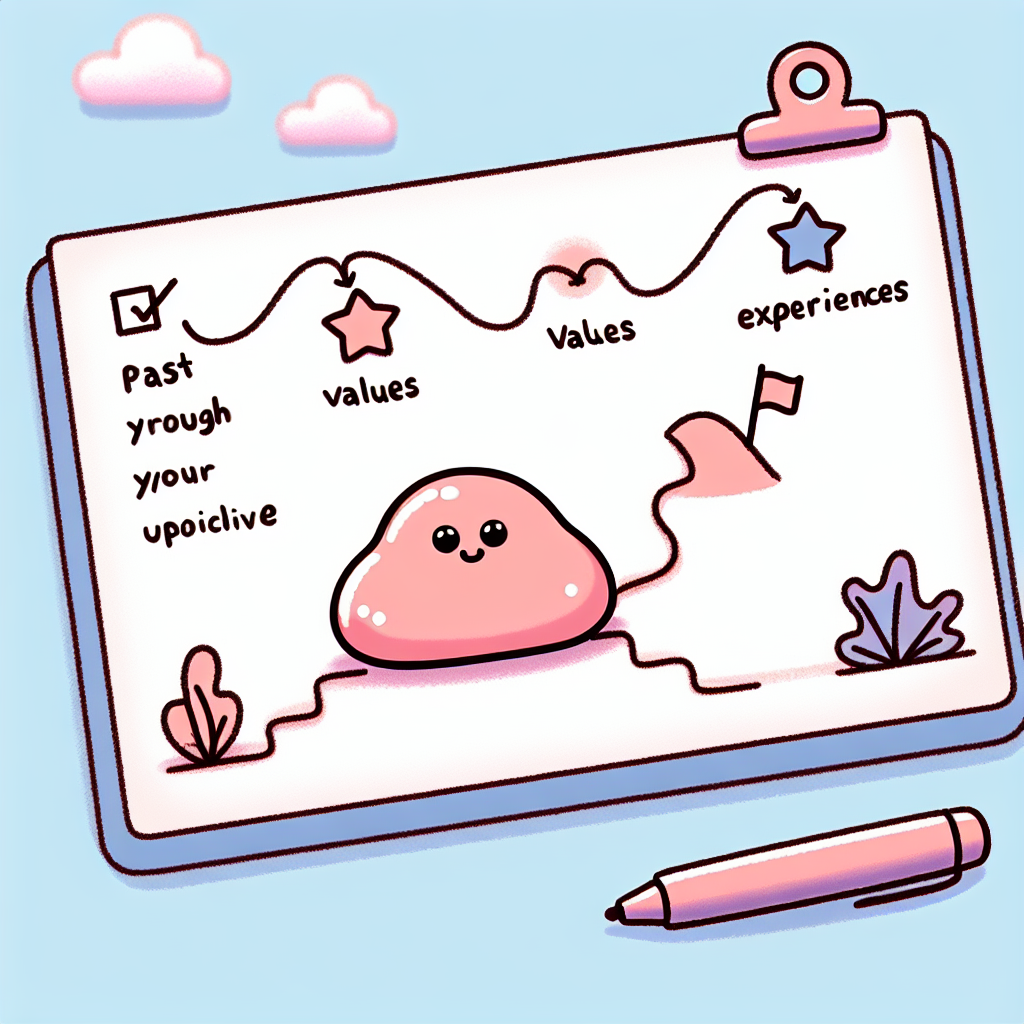
Understanding the Purpose
A personal statement serves as your opportunity to communicate directly with an admissions committee or selection panel. Clarifying your intentions is the first step in writing an effective personal statement. Ask yourself why you're writing this document and what you hope to achieve. Are you aiming to secure admission to a graduate program, a scholarship, or a specific academic opportunity? Clearly defining your goals helps focus your message and ensures that every part of your personal statement supports your objective.
Equally important is knowing your audience. Each institution or program has its own values, mission, and expectations. For example, Cornell University emphasizes intellectual curiosity and leadership potential, while St. Olaf College encourages reflection on past experiences and future goals. Understanding what matters to your target audience helps you shape your message in a way that resonates with them.
Tailoring your message is essential to demonstrate your fit and enthusiasm for the opportunity. Customize your personal statement to reflect the specific characteristics of the program or institution. For instance, if applying to a program that values interdisciplinary learning, highlight experiences that show your versatility and eagerness to engage across fields. The University of Massachusetts Amherst advises applicants to be specific about why they are a good match for a program and how their background supports that alignment. Personalizing your content shows that you’ve done your research and are genuinely interested in what the institution offers.

Pre-Writing and Planning
Reflect on Your Story
Before writing your personal statement, take time to reflect on the experiences that have shaped your path. Identify defining moments, such as overcoming challenges, achieving significant goals, or navigating personal change. These experiences help reveal your motivations and values. Consider how your background—family, culture, education, or community—has influenced your aspirations and helped clarify your goals. This kind of reflection provides authentic content that can make your personal statement more compelling (Boise State University).
Determine Key Themes
Once you've reflected on your story, determine two to three key themes that will guide your personal statement. Themes like resilience, intellectual curiosity, or leadership can help structure your narrative and demonstrate your qualities. Choose themes that naturally emerge from your experiences, and support them with specific examples. This approach gives your personal statement focus and helps readers understand how your experiences connect to your future goals.
Research Your Target Program
A strong personal statement also shows a clear understanding of the program you are applying to. Research the curriculum, faculty interests, institutional values, and recent initiatives. Identify how your goals align with the program’s mission and offerings. Showing that alignment not only demonstrates your interest but also your fit for the program (St. Olaf College).
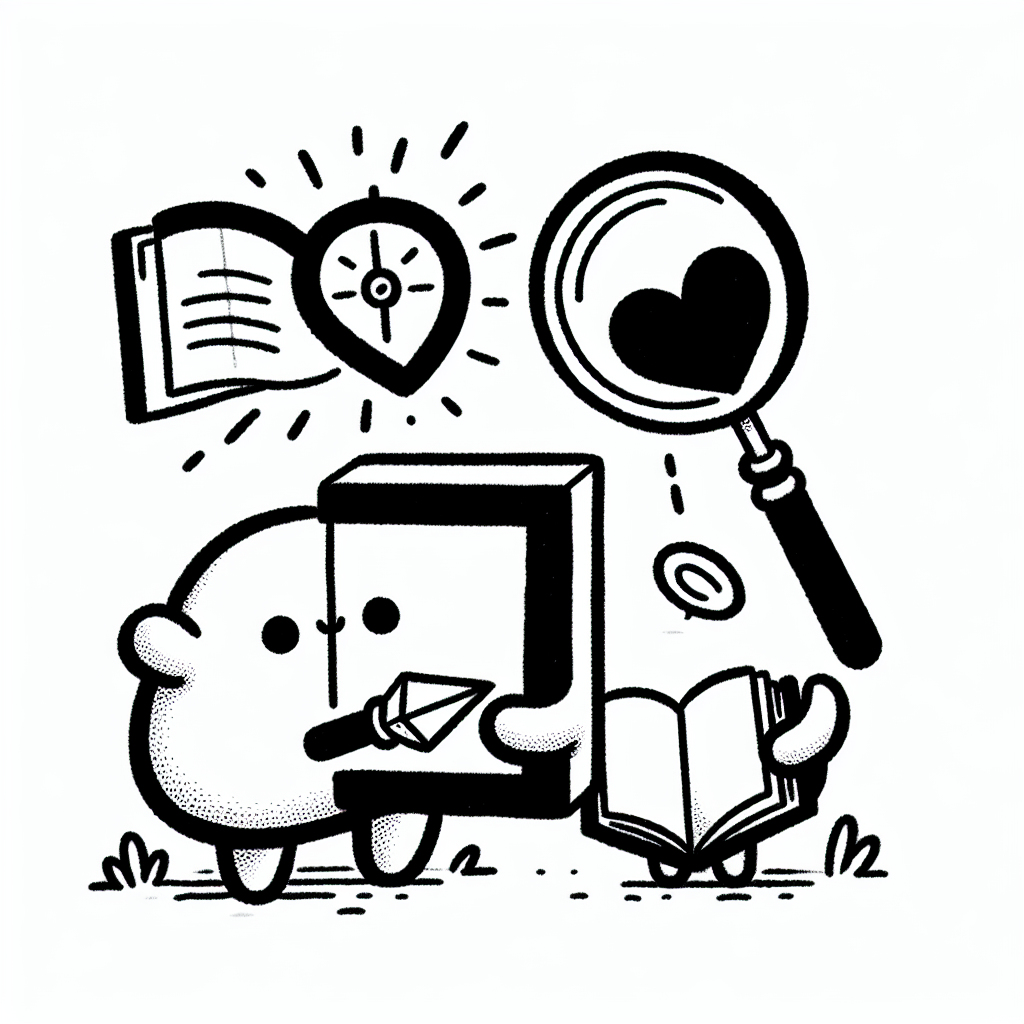
Structuring Your Statement
A well-structured personal statement helps convey your story clearly and persuasively. While there's no single correct way to organize it, using a thoughtful framework ensures your message resonates.
Suggested Framework
- Introduction
Begin with a compelling hook—this could be a vivid anecdote, a surprising insight, or a moment of revelation. This not only captures attention but also introduces the central theme or personal motivation that drives your interest in the field or program. - Body Paragraphs
The body of your personal statement should highlight key experiences that shaped your goals. Strive for a balance of showing and telling: use narratives to illustrate your journey, and follow up with analysis that explains what you learned and how it changed you (Cornell University). Detail the skills you developed and the growth you experienced. Make sure to connect each experience to your future goals, demonstrating how they have prepared you for the next step (Boise State University). - Conclusion
End by reaffirming your passion and readiness for the program. Clearly explain why this opportunity aligns with your aspirations and how it represents a logical next step in your personal and professional development.
Alternative Structures
Depending on your story, you might consider:
- Chronological: Trace your development from past experiences to present motivations and future plans.
- Thematic: Organize your statement around key values or skills, demonstrating how each has influenced your journey.
- Problem/Solution: Focus on a challenge you faced, how you addressed it, and how it shaped your direction.
Each approach can be effective, as long as it maintains a clear narrative and connects back to the purpose of the personal statement.
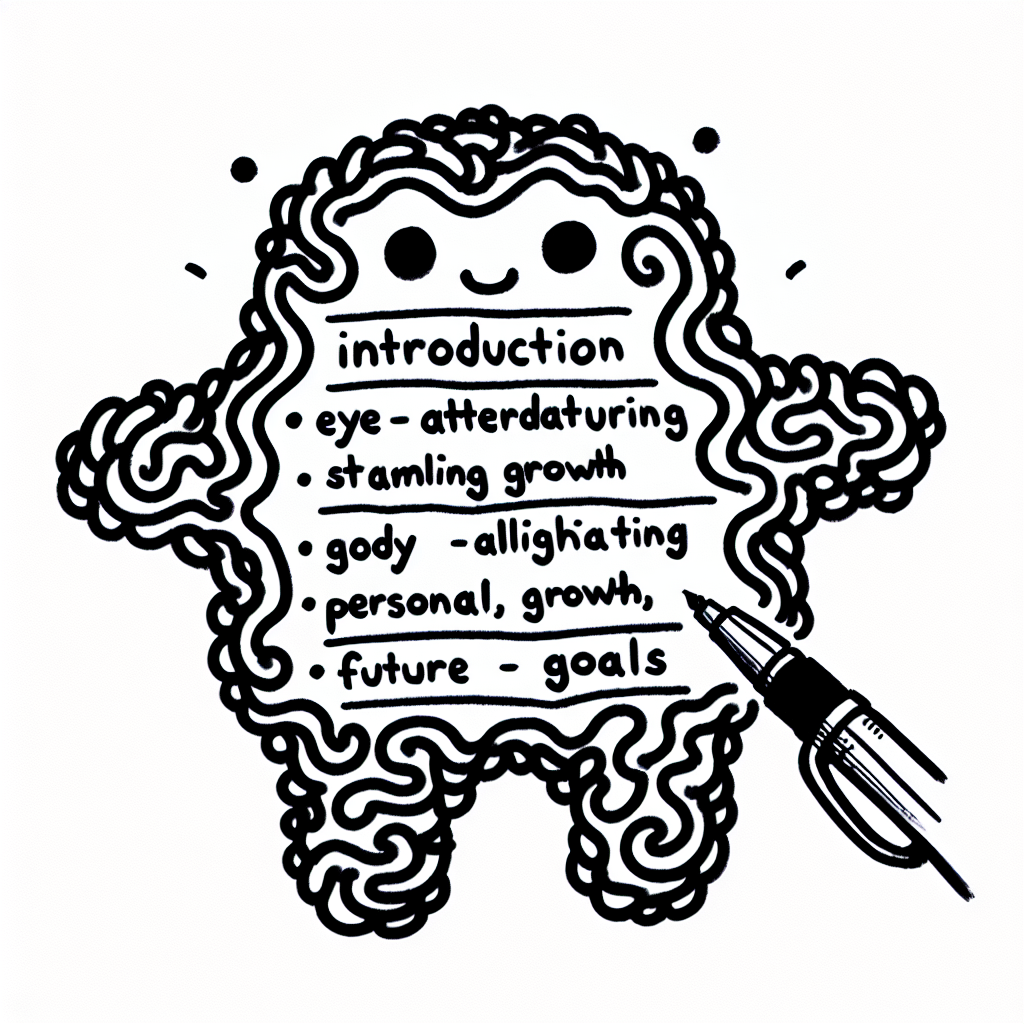
Writing Process: A Modular Approach
Crafting a compelling personal statement can be more manageable when broken into clear, actionable steps. A modular approach allows you to focus on one phase at a time, ensuring each part contributes meaningfully to the final piece.
1. Define
Start by clarifying the purpose of your personal statement. Know whether you're writing for graduate school, a scholarship, or another opportunity. Equally important is analyzing the prompt or question. Look for keywords and underlying themes to understand what the reader is truly asking. For example, Wellesley College emphasizes the importance of aligning your response with the prompt’s intent.
2. Plan
Next, outline the structure of your personal statement. Identify key messages or themes you want to convey, such as resilience, passion for a field, or leadership. Collect concrete examples from your experiences—academic, professional, or personal—that support those themes. This step ensures your statement stays focused and evidence-based.
3. Brainstorm
Use free-writing, mind maps, or timelines to generate ideas. Reflect on pivotal moments, challenges overcome, or influential mentors. This is the time to explore your experiences without any pressure to polish the writing. The goal is to uncover stories that reveal your character and motivations.
4. Draft
Write a first draft with clarity and intent. Don't aim for perfection at this stage. Instead, focus on creating a coherent narrative that aligns with your plan. Prioritize authenticity over embellishment. Let your voice come through, even if the structure isn’t perfect yet.
5. Revise and Refine
After drafting, seek feedback from trusted mentors, advisors, or writing centers. St. Olaf College recommends refining for tone, grammar, and specificity while ensuring the statement remains true to your voice. Revise multiple times to improve clarity, flow, and impact. This final phase transforms your draft into a polished, compelling personal statement.
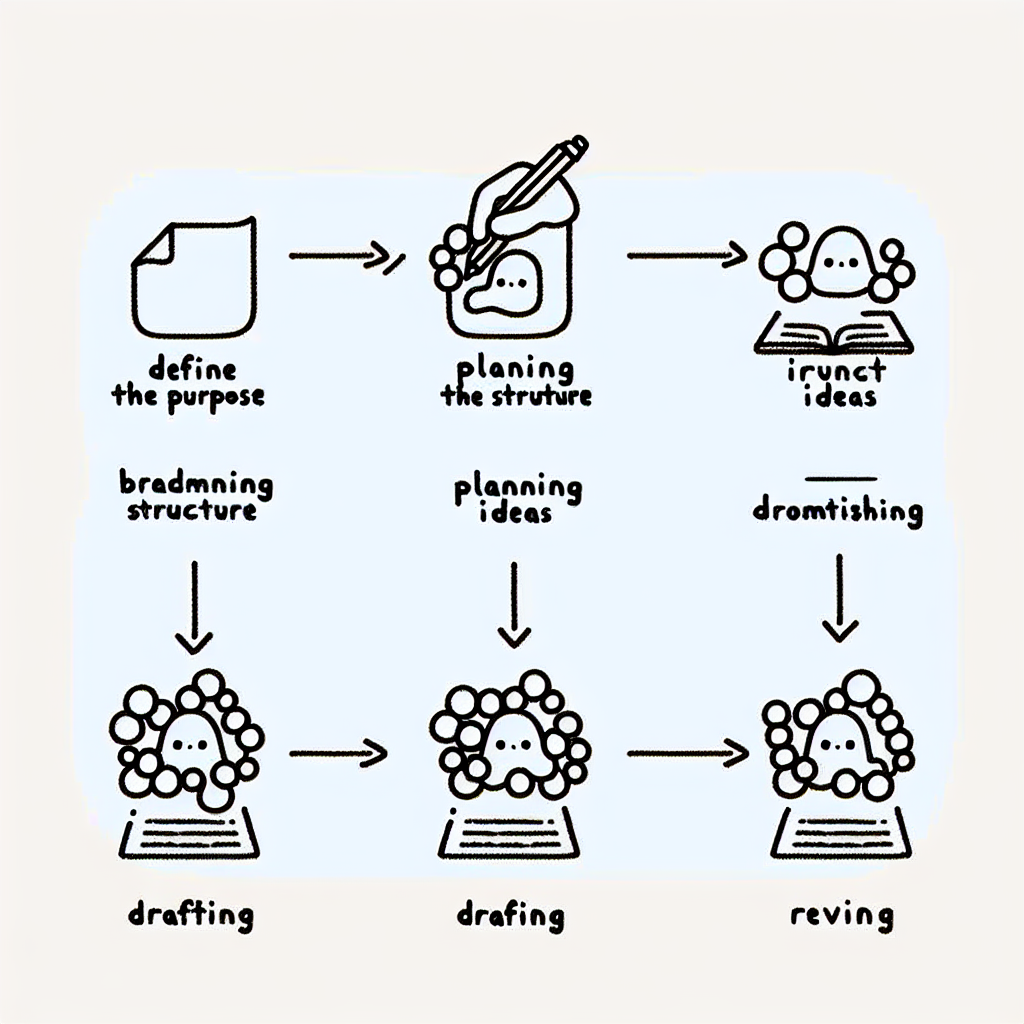
Common Pitfalls to Avoid
Writing a strong personal statement requires more than just sharing your background—it demands clarity, focus, and authenticity. Avoiding common mistakes can make your personal statement stand out for the right reasons.
Generic Statements
Using clichés or vague phrases like "I’ve always wanted to help people" adds little value. Instead, be specific and illustrate your motivations with concrete examples that reflect your unique experiences.
Repetition of Resume
Your personal statement should not duplicate the content of your resume. Rather than listing achievements, explain the context behind them and what you learned. Show how your experiences have shaped your goals.
Lack of Focus
Trying to cover too much can lead to a scattered narrative. Choose two to three core themes and build your story around them. This helps maintain coherence and leaves a stronger impression.
Ignoring the Prompt
Each institution or program may have specific questions or themes they expect you to address. Failing to respond directly to the prompt can suggest a lack of attention to detail or genuine interest.
Overly Formal or Casual Tone
Strive for a tone that is professional yet authentic. Avoid language that is too stiff or overly conversational. Your voice should reflect who you are while remaining appropriate for the context of a personal statement.

Enhancing Your Statement
A strong personal statement goes beyond listing experiences—it interprets them. Instead of simply reciting achievements, reflect on what those experiences meant to you and how they shaped your goals. The University of Massachusetts Amherst advises focusing on the impact of your experiences to create a more compelling narrative.
Incorporating a growth narrative is another way to enhance your personal statement. Discuss challenges you’ve faced and how they changed your thinking, values, or direction. According to Boise State University, showing personal development makes your writing more authentic and relatable.
Finally, demonstrate how you will contribute to the academic or social community of the program you’re applying to. Highlight specific strengths, experiences, or perspectives you bring. As Boise State University notes, programs look for applicants who will not only benefit from their offerings but also enrich the experience of others.

Final Checklist
Before submitting your personal statement, use this final checklist to ensure it meets the essential criteria for a strong, effective application.
- Clear central theme or narrative: Your personal statement should revolve around a coherent central message or story. It should be easy for the reader to follow your journey and understand your motivations.
- Specific, vivid examples: Strengthen your personal statement with concrete examples that illustrate your experiences, skills, or achievements. Avoid vague generalizations and instead focus on moments that are memorable and unique to you.
- Tailored to the target program: Make sure your personal statement aligns with the values, focus, and goals of the program you’re applying to. Mention specific aspects of the program that resonate with your interests and career objectives.
- Demonstrates growth and goals: Highlight how your experiences have shaped your development and how the program fits into your future plans. Show a clear trajectory from your past to your ambitions.
- Authentic voice and tone: Your personal statement should sound like you. Write in a voice that reflects your personality, while maintaining a professional tone appropriate for the application.
- Polished grammar and style: Review your personal statement for any grammar, punctuation, or spelling errors. Ensure that your writing is clear, concise, and well-organized, with smooth transitions between ideas.
Completing this checklist will help reinforce the strength and clarity of your personal statement.

Additional Resources
Writing a strong personal statement requires careful thought, revision, and often external guidance. Fortunately, several trusted academic institutions offer detailed resources to help you refine your personal statement.
- The Wellesley Career Education Guide offers structured advice on how to brainstorm, organize, and edit your personal statement, with a focus on authenticity and clarity.
- The Cornell Writing Resource breaks down what makes an effective personal statement and includes practical writing tips tailored to graduate and professional school applications.
- The UMass Amherst Writing Center provides guidance on drafting and revising personal statements, including strategies to develop a compelling narrative and avoid common pitfalls.
- The Boise State Personal Statement Guide includes step-by-step instructions and examples, helping students align their personal statement with specific program expectations.
- The St. Olaf College Piper Center presents a concise guide with key questions to consider and tips for tailoring your personal statement to different audiences.
These additional resources can serve as valuable tools as you refine and strengthen your personal statement.
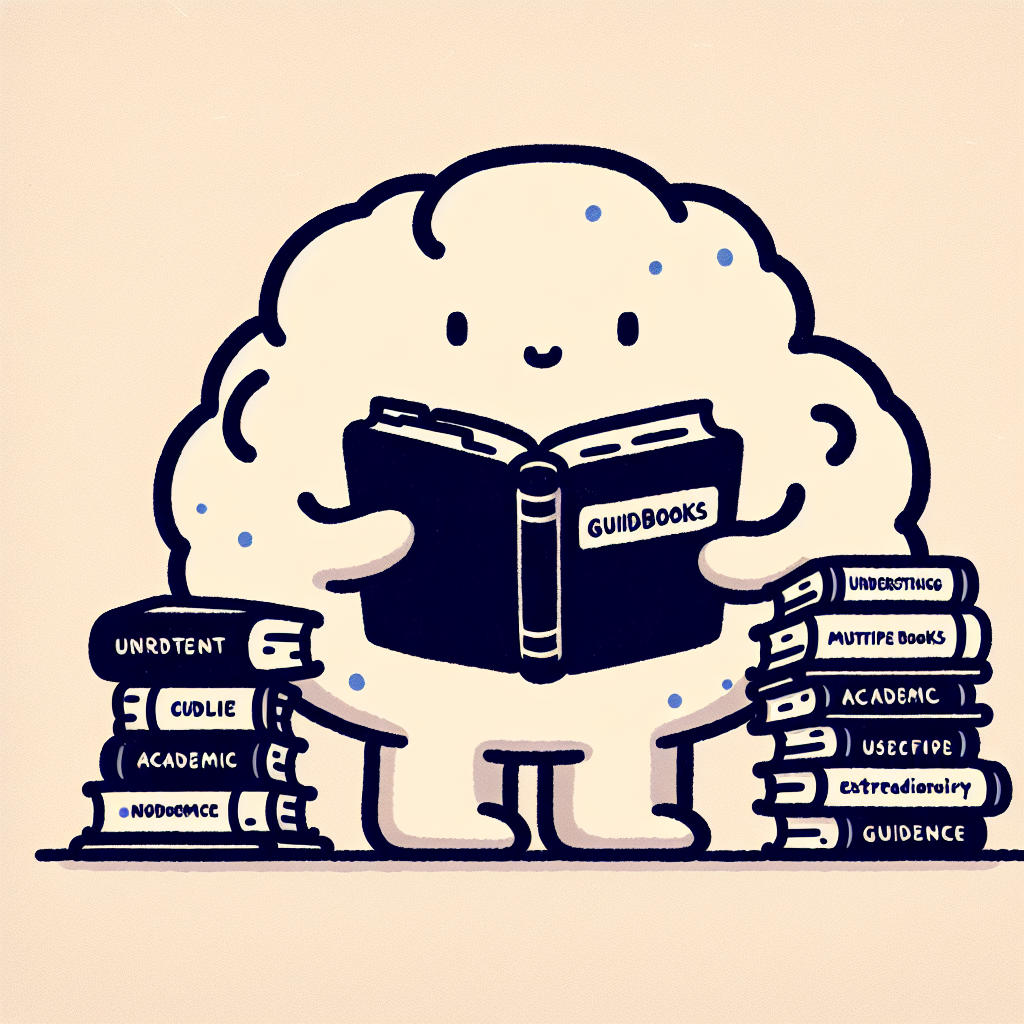
Conclusion
Crafting a standout personal statement requires thoughtful reflection, intentional structure, and alignment with your goals and audience. A well-written personal statement doesn't just recount experiences—it connects them with your aspirations and shows how they’ve shaped your readiness for the opportunity at hand. By combining storytelling with strategic clarity, you can authentically present yourself as a compelling candidate prepared to take the next step in your academic or professional journey. Consistent focus on personal growth, clear motivation, and relevance to your chosen path is essential to leaving a lasting impression.














